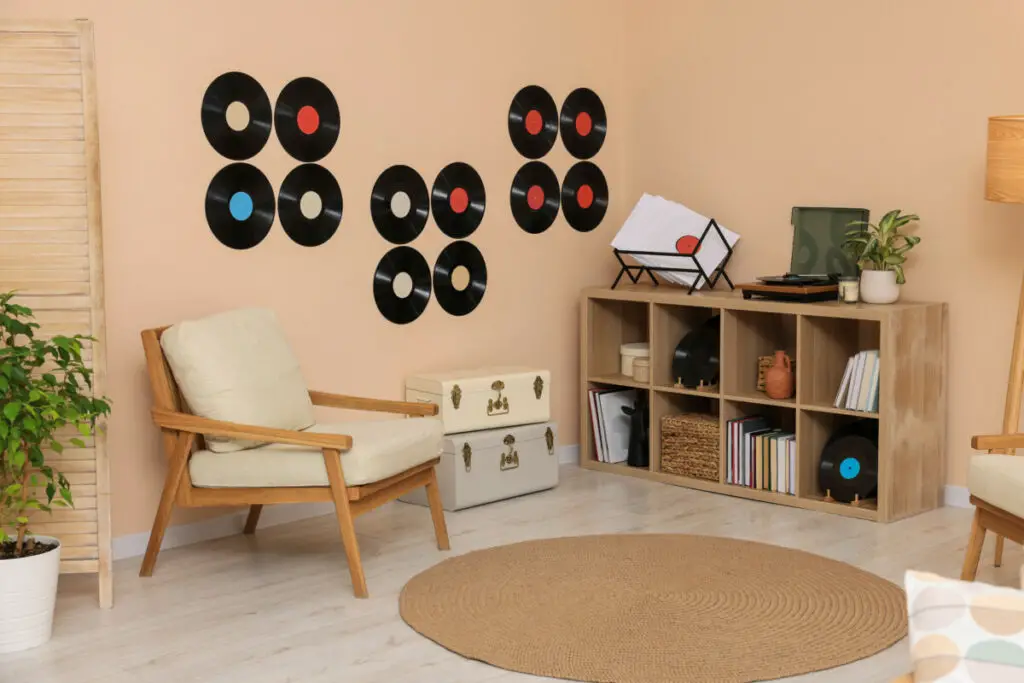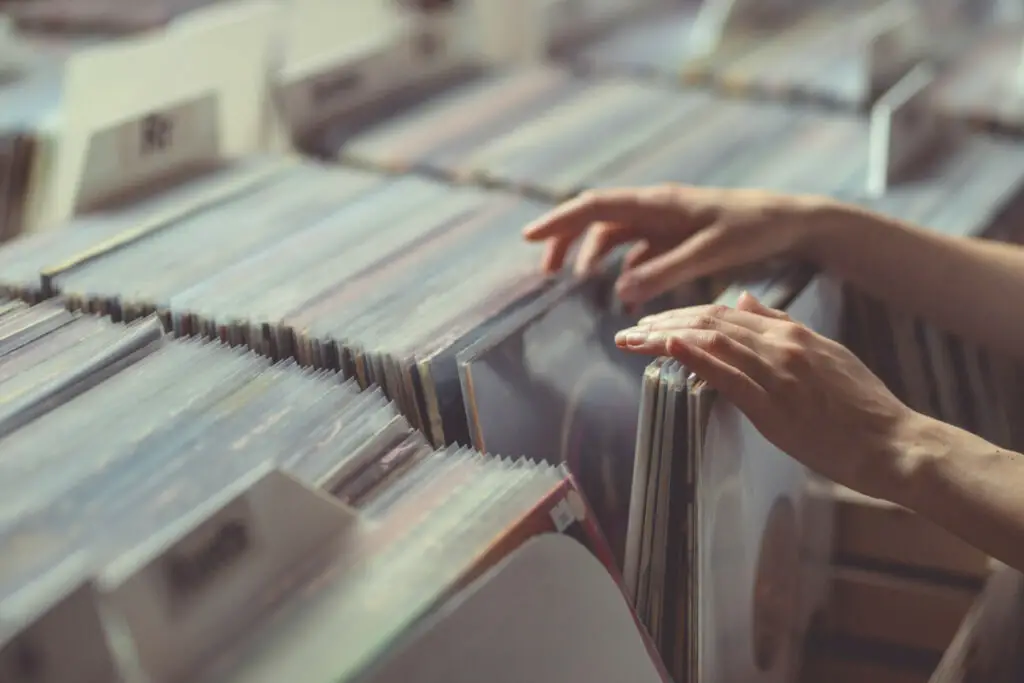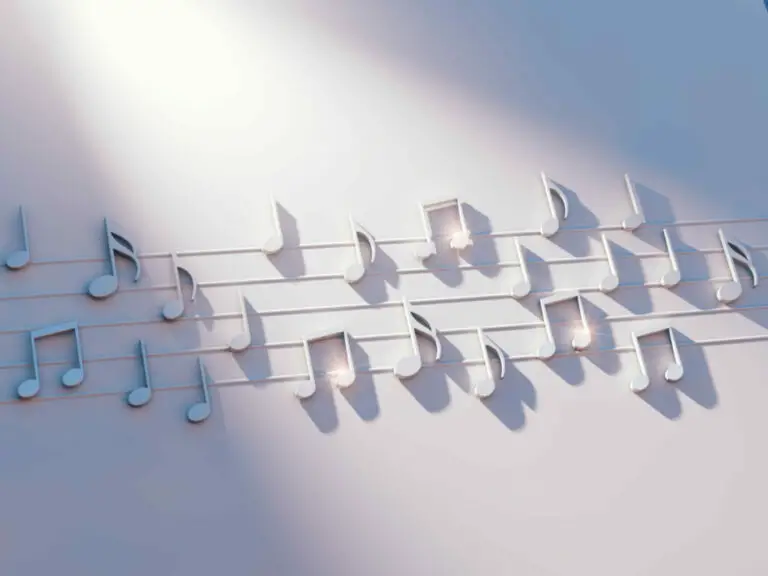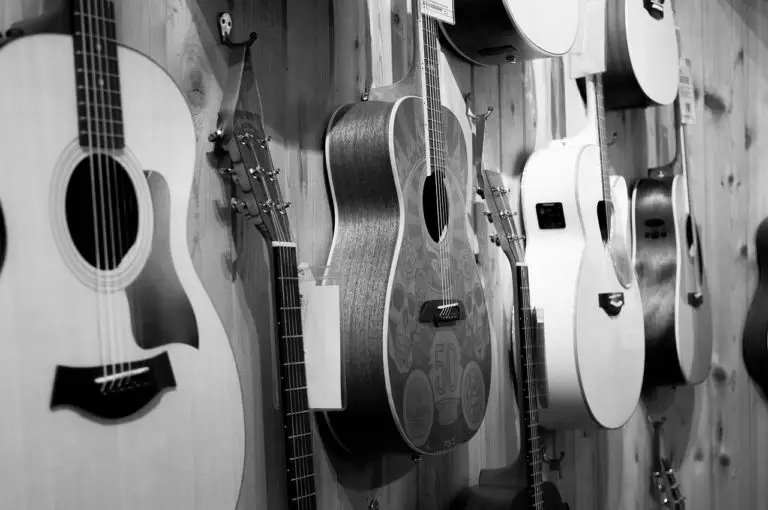How to Store Vinyl Records
Vinyl records have seen a massive comeback in recent years, with the once-obsolete format becoming a considerable collector’s craze for many people, especially millennials. Some records can cost a lot more than your typical digital music album. With price tags like that and the delicate nature of vinyl records, it makes sense to protect these collections. But how do you store vinyl records?
Records should be stored entirely upright in a cool, dry place. For protection against oil and grime, record jackets should use outer sleeves. It would be best to replace the inner sleeves regularly to prevent scratches to the vinyl records in case the original paper sleeves are torn or damaged.
There are a few good things to remember when storing your vinyl records, either short-term or long-term. This article will explain some tips and tricks to help keep your records safe and in good repair.
How to Prepare Records for Storage
Cleaning and repairing records
Before handling your records to clean them, it is vital to ensure that your hands are both dry and clean to prevent oils from damaging the grooves of your vinyl records, which could hurt them in the long term.
When holding a record, you should touch only the center and edge of the record to avoid damaging the grooves. Touching the center and edge may not be possible when cleaning, so some finger cots or cotton gloves may be helpful when cleaning your vinyl.
Thoroughly cleaning a record disk is a multi-step process that may look somewhat like the following:
Step By Step – Cleaning Your Records
- You can inspect each disk for damage. A flashlight may help to reveal areas of particular concern. If a disk is cracked or delaminated, water and cleaning will likely do more harm than good, so you are better off not cleaning said vinyl.
- You will want to wear a label protector before cleaning, so it doesn’t peel.
- After attaching your label protectors to both sides of the record, you will rinse the disk with deionized water.
- You will spray the disk with deionized water and a tiny amount of non-ionic surfactant to make it easier to wipe away dirt from the record. You can gently and carefully wipe down your vinyl record with a Disk Doctor or similar record brush.
- You will pat your discs dry with a microfiber cloth (Preferably the finest one you can get that is lint-free and one you haven’t used to clean absolutely anything else). The disk should then be stored upright in a plastic-coated rack for about half an hour to dry, as you don’t want any moisture still on the disk when you place it into storage.
- Your disk can now be re-sleeved.
The cleaning process above will ensure that your records play as clearly as possible and may significantly improve the sound you get from them. In addition, removing any oil, dust, or dirt buildup will prevent more significant accumulations that could cause damage when you go to play your record.
Please keep in mind, too, that there are a lot of different record-cleaning kits that can make gathering the materials for this process easy.
Repairing Scratched Records
Scratched records can be repaired/cleaned with wood glue to make them last longer and prevent further damage while being played or stored. The process in its most straightforward steps is as follows, although you can always consult this guide for more detail:
- Apply glue by holding the glue bottle and slowly squeezing out the glue as the record spins
- Spread out the glue by holding a piece of cardboard flat against the record as it spins
- Wait for the glue to dry for about a day
- Peel off the glue once it is dry
This process can help remove minor scratches and contaminants like dirt and dust from the record. Some repair methods can fix record skips and deep scratches and pops, but these are complicated and far beyond the scope of this article. This video here may be an excellent place to start if your records are severely damaged. Of course, you should be careful when you attempt any significant repair on your records.
Replacing Record Sleeves
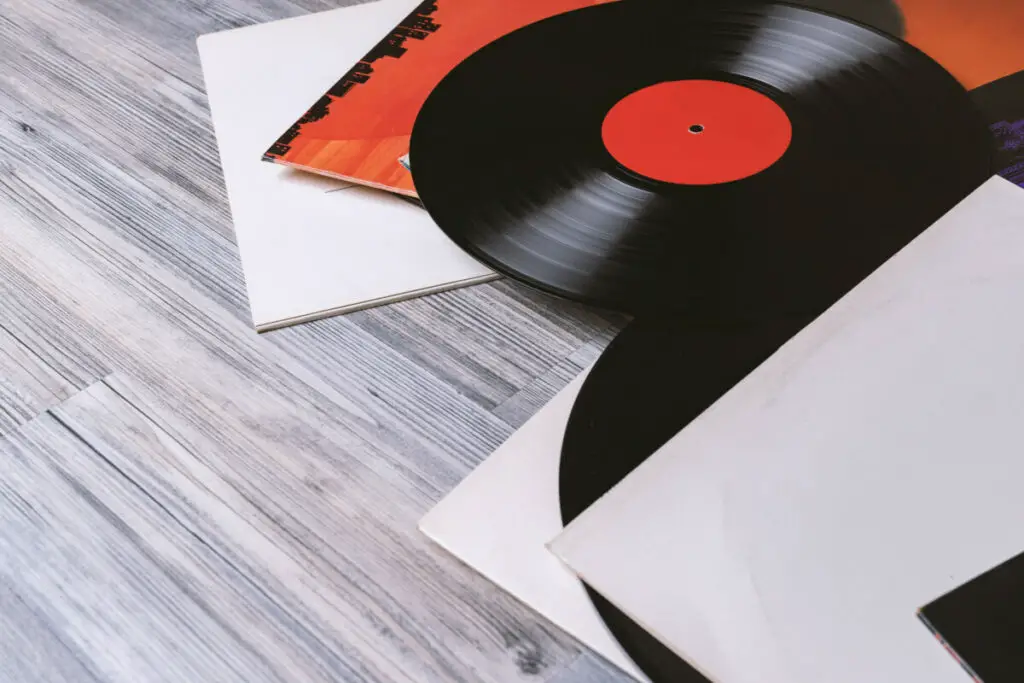
Record sleeves are a must-have for preserving the vinyl record jackets and the vinyl records themselves. Since the record jackets are part of the collectability of vinyl, you will want to purchase some clear plastic sleeves to store them in. These will let you both still see the artwork on the jackets and handle them whenever you want to play a record.
While nearly every record jacket comes with a built-in paper sleeve, these can sometimes be acidic, torn, or crumpled. This can scratch your record whenever you take it out or put it in. Plastic and high-quality, acid-free paper sleeves are both options that can replace these, although the acid-free paper sleeves will produce less static.
If you frequently use your records, wiping them down with an antistatic brush or every time you put them back in their sleeve is a good idea. Removing static will help prevent dust from clinging to your records.
Where to Store Vinyl Records [Tips for the Best Environment]
Temperature
Temperature is the first consideration when choosing a place to store your records. High temperatures can warp the grooves of the records, rendering them unplayable if the damage is bad enough.
A cool place out of the sun will help prevent this from occurring at all. A record should never stay in a temperature blowing freezing or above 140 degrees (which might occur or come close to happening if stored in a car or a non-insulated attic). Also, just so you know, UV light can damage records in the long term, so don’t keep your records out in the sun and always store them in their sleeves after playing them.
Humidity
Humidity doesn’t necessarily damage the records themselves but can damage the record sleeves, exposing the discs to the elements.
Thus, a basement may not be the best place to keep records, even cool, because it may be too humid. However, this may be fine if you live in a dry area or have a dehumidifier. Just ensure your records aren’t in danger of being ruined in a flood!
How to store records
Records should always be stored vertically, if possible. Records should never be kept horizontally or stacked on each other. These discs are relatively heavy, and the pressure of a stack of records on the first vinyl in the stack can damage its grooves and thus damage the record’s long-term playback quality.
A wide variety of different storage options allow you to store records vertically. This storage includes bookshelves, archival record storage boxes, record player stands with built-in storage, and metal/vinyl cases.
Archival storage boxes are best for long-term storage, while bookshelves and record player stands are great for keeping your favorite records on hand .
Metal/vinyl record cases can be great if you need to transport your vinyl discs between locations, and they also make for great long-term storage. The great thing is that there are storage options to fit any aesthetic taste you may have!
